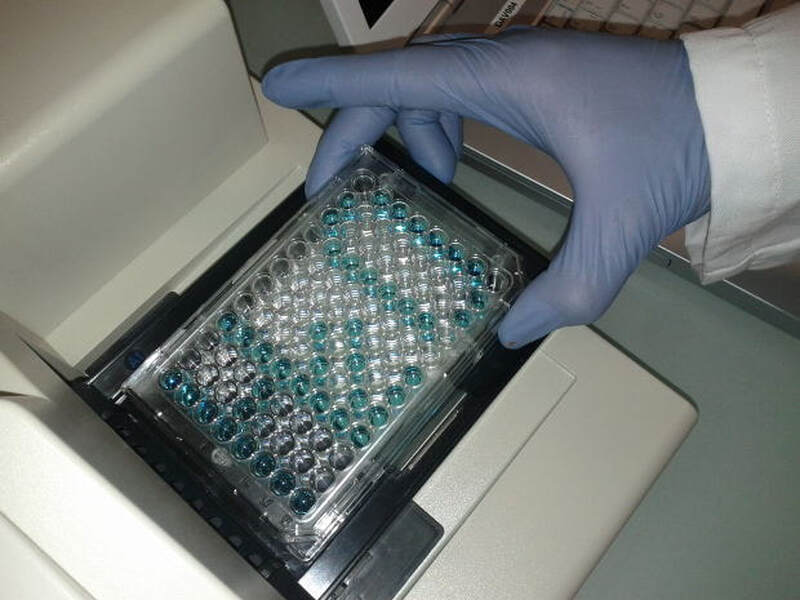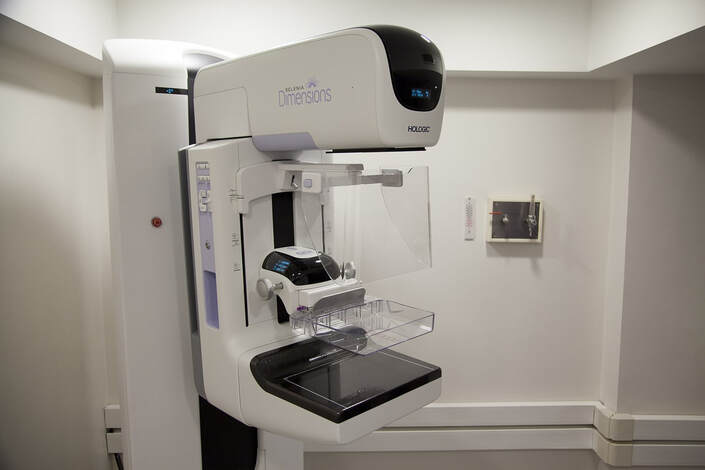Polygenic Testing Produces Poor Results
As disease screening becomes a more widely accessible tool for people to assess their health, it is becoming important to understand how reliable these preventative measures can be. A recent study conducted by University College London showed that polygenic testing yielded inaccurate and misleading results when employed in a large population. This study utilized the data published in a Polygenic Score Catalog from April 2022 for a secondary analysis by calculating detection and false positive rates. The researchers overlapped the data reported from groups that had done polygenic testing and categorized them into an affected group and unaffected group for different diseases, most notably comparing prominent diseases like coronary artery disease and breast cancer.
The reanalyzed data showed that, for major diseases like coronary artery disease and breast cancer, screening on an individual risk level is not a precise method that can be easily implemented on the general public. In an attempt to pinpoint breast cancer, polygenic testing was performed on 100,000 women. 98,462 were labeled as unaffected and 1538 women were labeled affected based on the risk score from the test. While seemingly accurate, the results of this test may lead to the over-treatment of patients by subjecting unaffected women to mammograms, increasing radiation exposure and sometimes failing to detect the cancer entirely.
The reanalyzed data showed that, for major diseases like coronary artery disease and breast cancer, screening on an individual risk level is not a precise method that can be easily implemented on the general public. In an attempt to pinpoint breast cancer, polygenic testing was performed on 100,000 women. 98,462 were labeled as unaffected and 1538 women were labeled affected based on the risk score from the test. While seemingly accurate, the results of this test may lead to the over-treatment of patients by subjecting unaffected women to mammograms, increasing radiation exposure and sometimes failing to detect the cancer entirely.
Image Source: Elías Alarcón
Moreover, the coronary artery disease results found that false positive results outnumber true positive results in some instances. Furthermore, utilizing age as a risk factor was just as effective alone as using a combined or hybrid model that uses other risk factors along with age. Because of the variability and unreliability that polygenic testing produces, the report concludes that it cannot be utilized as a foolproof method for health screening.
A clinically accepted standard for a screening test yields an 80% detection rate with a 5% false positive rate. From the Polygenic Score Catalog, only a few statistically significant factors were found; however, they mainly related to only a handful of autoimmune diseases. Past studies also validate the results that question the benefits of polygenic scores, especially with their potential usage in healthcare.
This study is important as it shows the lack of comparability between one’s health and preventative measures such as polygenic testing. While the study demonstrates that there is no clear-cut way to correlate the two, a mixture of different risk factors (such as non-genetic ones like physical activity or weight) and lifestyle factors (such as smoking)—while still poor risk determinants—could help symptom monitoring as public health accessibility increases.
A clinically accepted standard for a screening test yields an 80% detection rate with a 5% false positive rate. From the Polygenic Score Catalog, only a few statistically significant factors were found; however, they mainly related to only a handful of autoimmune diseases. Past studies also validate the results that question the benefits of polygenic scores, especially with their potential usage in healthcare.
This study is important as it shows the lack of comparability between one’s health and preventative measures such as polygenic testing. While the study demonstrates that there is no clear-cut way to correlate the two, a mixture of different risk factors (such as non-genetic ones like physical activity or weight) and lifestyle factors (such as smoking)—while still poor risk determinants—could help symptom monitoring as public health accessibility increases.
Featured Image Source: cyblor
RELATED ARTICLES
|
Vertical Divider
|
Vertical Divider
|
Vertical Divider
|






